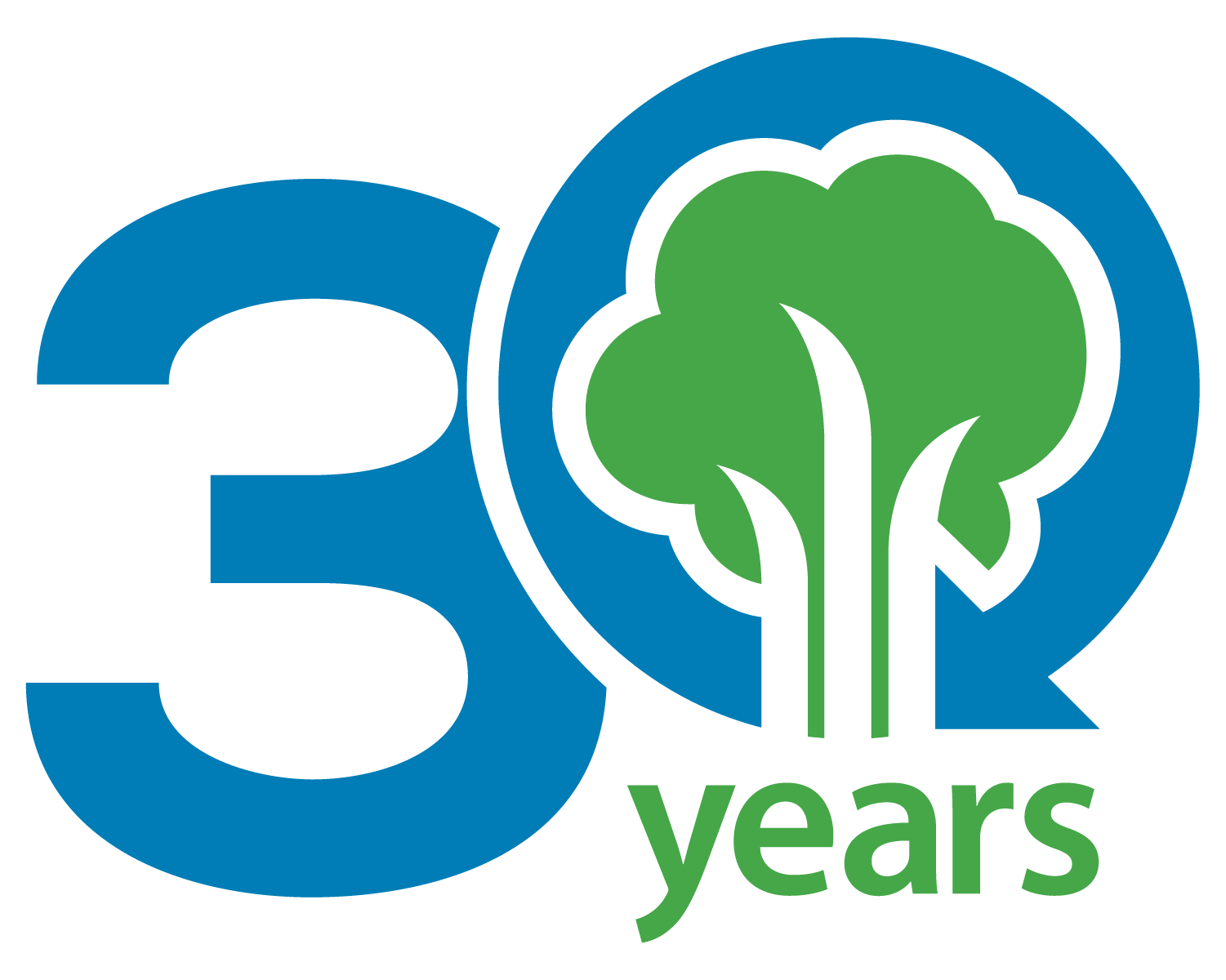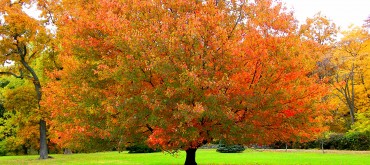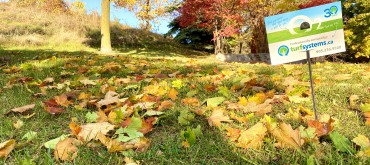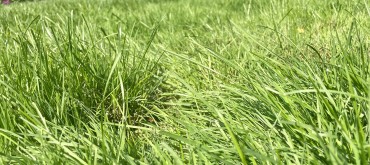There are three important macros when it comes to achieving general lawn health. A regular fertilizing schedule, frequent mowing no shorter than 3 inches, and deep infrequent watering. Out of these factors, the watering schedule is one of the more dynamic of the three because when temperature and humidity changes, so should your watering habits. The smallest changes in the amount you provide and how often can have a substantial impact on your lawns overall health and resilience.
So what is the best way to water your lawn if you don’t have an irrigation system that does it for you? You will want to start by setting up a hose that is ideally ¾ of an inch in diameter. If you have a lack of water pressure, or need to stretch your hose from the back to the front lawn, the larger the diameter you will want to go. The best type of manual sprinkler to use for your weekly waterings if you don’t use an automatic irrigation system, is known as an impact sprinkler. These sprinklers move in a rotating fashion making that common “tik-tik-tik” sound being driven in a circular motion by the outgoing water pressure. These types of sprinklers will provide the most even coverage for your lawn outside of a properly installed automatic irrigation system, reducing the chance of brown patches developing from uneven irrigation.
How can you tell if you’ve provided enough water to your lawn after turning your sprinkler on? A common tip we like to provide our customers is to grab a tuna can (or similar tin that allows you to remove the entire lid with straight sides) and set it out on the lawn during your watering period. Once that can has filled to the rim (roughly 1 inch) then you know you are good to turn the water off. It is recommended to provide 1 inch of water to your lawn each week, and increase the frequency to twice a week when the weather turns hot and dry. This is due to the environmental conditions that come alongside warmer weather; evaporation percentage is higher, and your lawn is under significantly more heat stress.
It comes down to remembering the key phrase ‘watering deeply and infrequently’. The length of time you have your sprinkler going for, and the amount of water you apply is far more beneficial than increasing the number of times you water per week. We want to encourage deep root growth so your lawn is better equipped to compete against possible weeds, disease, and insects along with the warmer temperatures of summer.
If you have any questions pertaining to your watering schedule or how best to adapt it throughout the year don’t hesitate to reach out of our office.





